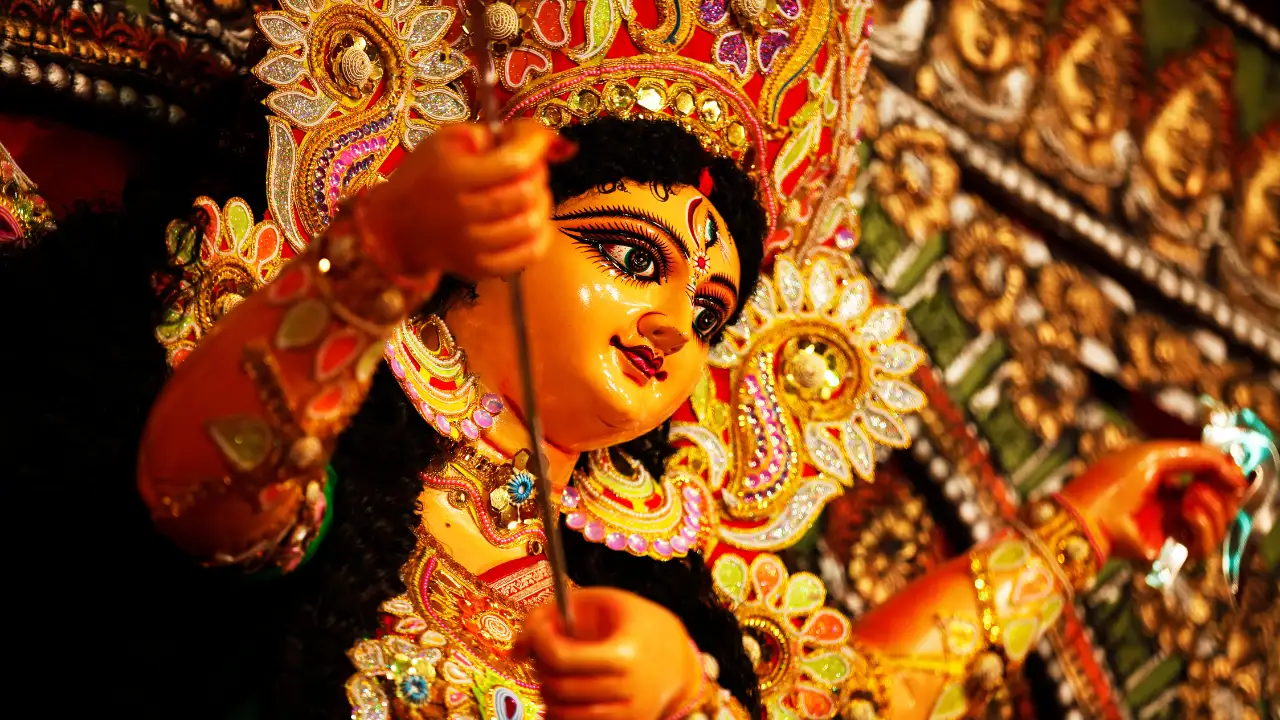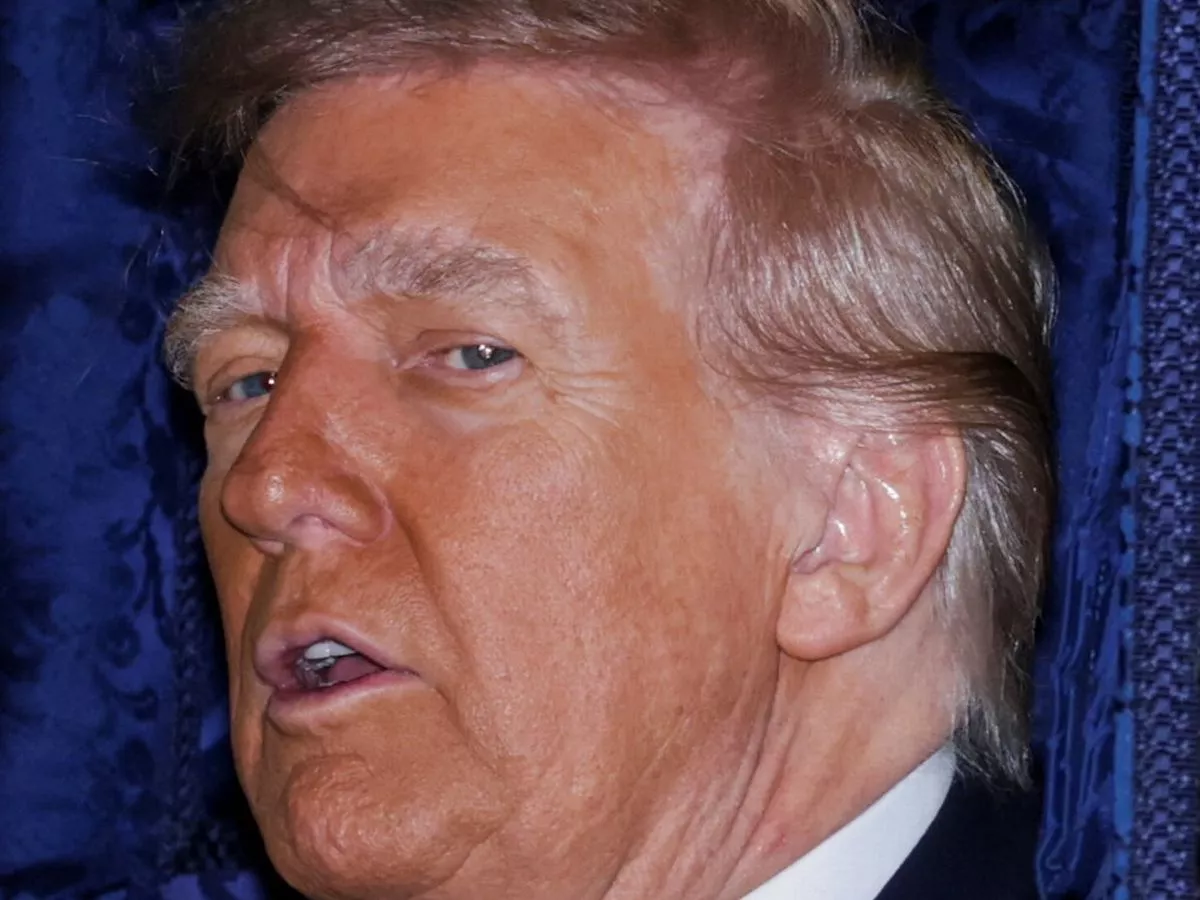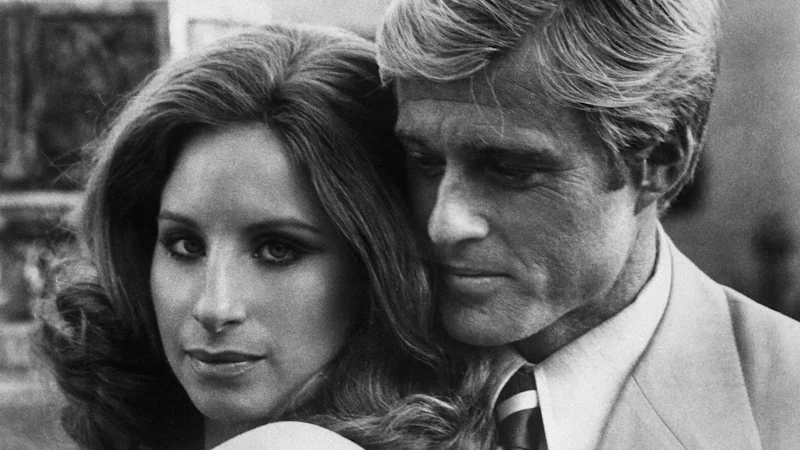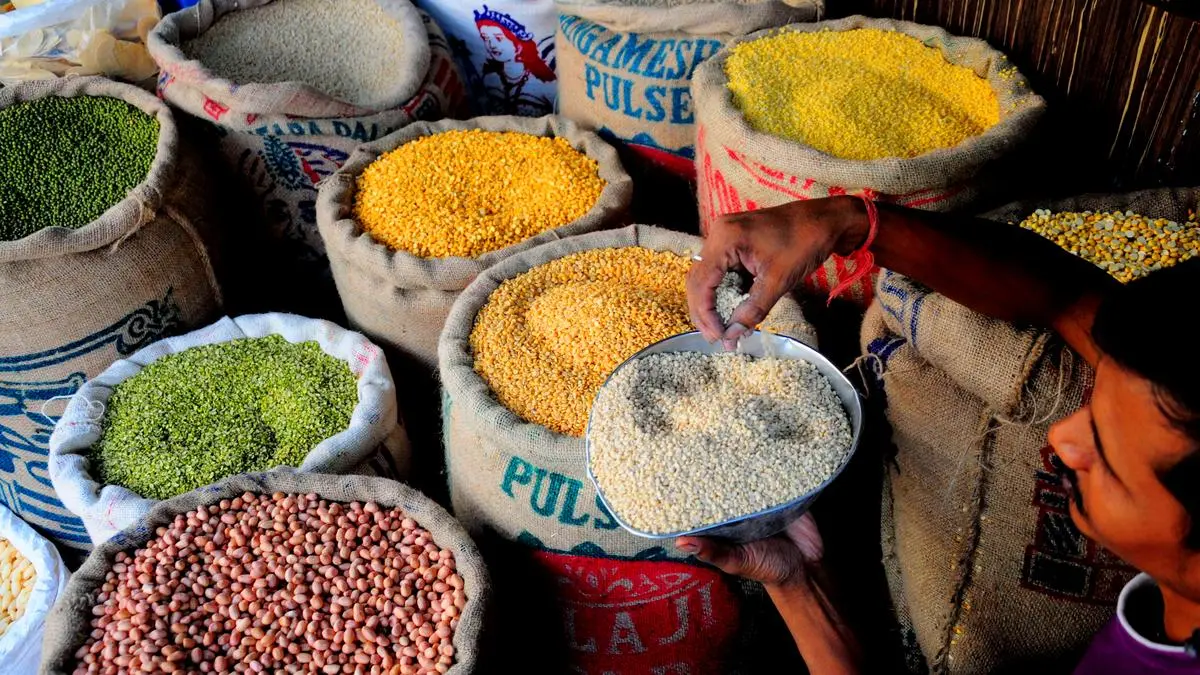By Sakshi Arora
Copyright timesnownews

Shardiya Navratri begins from September 22nd, 2025 this year. Celebrated all across the country with great zest and fervour, Goddess Durga is worshipped in nine forms during Navratri. Each form is dedicated to each day of Shardiya Navratri, and this year, the Navratri will last for 10 days. In Hinduism, Goddess Durga is not just a symbol of strength and protection but also showcases the spiritual journey every individual goes through in life. Navratri is a festival that reflects on these stages of life and helps us understand how each phase brings with it different lessons. Let’s understand the meaning of the nine forms of Maa Durga. Maa Shailaputri The first day of Navratri is dedicated to the worship of Maa Shailputri, the daughter of the mountains. Maa Shailputri is the form of Goddess Parvati when she took birth as the daughter of Lord Himalaya. The meaning of Shail is mountains, hence the name. Maa Shailputri carries a trident in her right hand and a lotus flower in her left. Maa Brahmacharini The second day of Navratri is dedicated to the worship of Maa Brahmacharini. Considered a symbol of penance, it is said that those who please Maa Brahmacharini with pure intention achieve every goal in life. The goddess signifies wisdom and knowledge. The deity carries a rosary bead made with dried rudraksha in her right hand and kamadalu in her left. Maa Chandraghanta The third day of Navratri is dedicated to Maa Chandraghanta. Also known as the Chandrakhanda, Rannchandi or Chandika, the goddess has a crescent moon on her forehead and is always ready for war with demons. The goddess has 10 hands, of which 2 carry the trident, another with a lotus, khadaga, bow and arrow and kamandalu. One of her hands showcases a blessing posture. Maa Kushmanda The 4th day of Navratri is dedicated to Goddess Kushmanda. Also referred to as cosmic creator, the name of the Maa Kushmanda is translated as Ku, meaning a little, Ushma means warmth or energy, and Anda means cosmic egg. This form of Maa Durga is also referred to as Asthabhuja Devi. Skandamata The fifth form of Maa Durga is Skandamata, and as the name suggests, the goddess teaches the lesson of nurturing and self-love. Skandamata carries Lord Kartikeya in her lap. The deity has four arms, three eyes and is mounted on a lion. Two arms of the goddess carry a lotus flower, while one carries the Kartikeya, and the other hand showcases the blessing mudra. Maa Katyayani Mata Katyayani is worshipped on the 6th day of Navratri. Devotees worship the ‘warrior goddess’ with complete devotion. Maa Katyayani is considered a symbol of strength and courage and teaches us how to confront our fears without any worry. This form of Goddess Durga is fearless, mounted on a lion with eighteen arms. Maa Kaalratri The 7th day of Navratri is dedicated to the worship of Maa Kaalratri. Also renowned as the violent form of Maa Durga, Maa Kaalratri is the destroyer of darkness and ignorance. Maa Kaalratri is depicted on a donkey with four arms. One of the arms carries a thunderbolt, another one carries a scimitar, and the other two are in a blessing and protective pose. Maa Mahagauri The eighth form of Maa Durga is Mata. The goddess is depicted with four arms and teaches her devotees the importance of self-reflection and inner purification. Mata Mahagauri carries a trident in one hand and a damru in the other. The other two arms are for blessing and removing fears. Maa Siddhidatri The ninth and the final form of Maa Durga is Maa Siddhidatri, is the one who gives supernatural powers in the form of ‘Siddhi.’ The goddess is mounted on a lotus flower and carries a shankha or conch, mace and chakra on her four hands. The goddess is the embodiment of Mahashakti. Disclaimer: This article is based on popular beliefs. Times Now is not responsible for the accuracy or completeness of the information and facts provided here.



